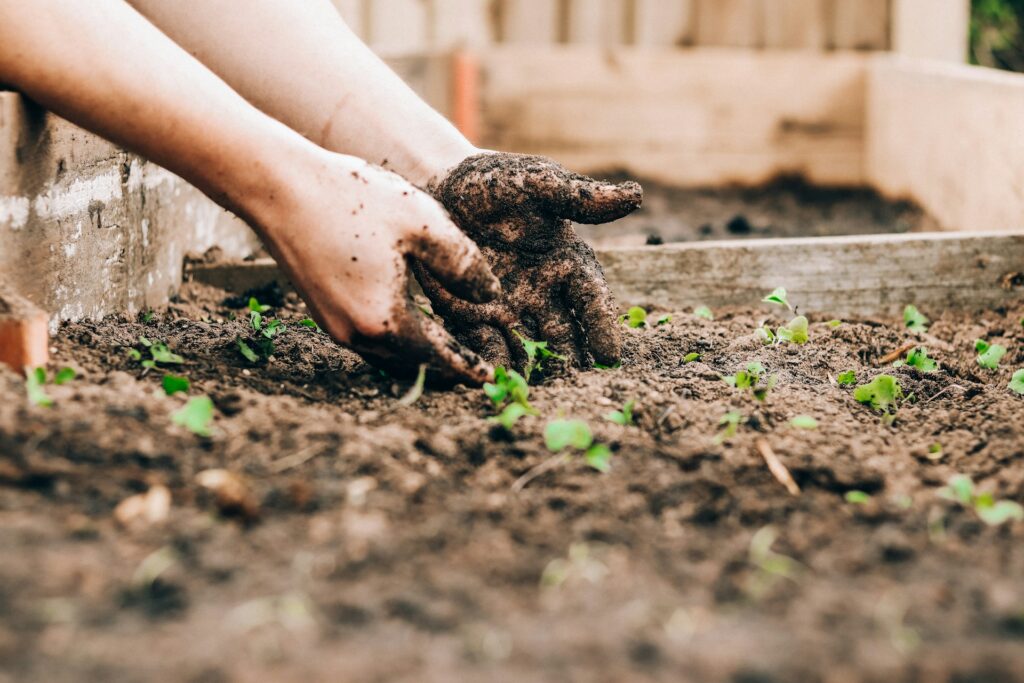Gardening enthusiasts, urban farmers, and professional horticulturalists, lend me your ears! If you’ve ever been plagued by disease-ridden plants or pest-infested gardens, you might just be dealing with unsterilized soil. Sterilizing soil is key to maintaining a healthy, thriving garden. So, let’s dive deep into the ways you can sterilize large amounts of soil and see your plants flourish.
The Need for Soil Sterilization
Soil sterilization is not a new concept. It’s been around for centuries, used by farmers and gardeners to get rid of harmful organisms in the soil that can cause disease or hinder plant growth. This includes bacteria, fungi, pests, and weed seeds. When we’re dealing with larger quantities of soil, sterilizing becomes all the more essential. It’s like a preventive measure, safeguarding your plants against potential threats. Whether you’re selecting the right soil for raised beds or for your in-ground garden, understanding sterilizing techniques is crucial. So, keep reading to unveil how you can sterilize the large amounts of soil effectively.
Techniques for Sterilizing Large Quantities of Soil
So, how exactly do you sterilize large amounts of soil? There are several techniques, but the most common and effective ones are steam sterilization and solarization. Steam sterilization involves using steam to heat the soil and kill off harmful organisms. It’s a fast and efficient method, especially for large quantities. On the other hand, solarization uses the heat of the sun to sterilize the soil. It’s an eco-friendly choice, but it requires good weather and a bit of patience.
Here is how to do solarization in hot weather: Cover the soil with a transparent plastic tarp to allow the sun’s heat to raise the temperature of the soil to a level that kills pathogens, pests, and weed seeds. Typically the process takes about 4 to 6 weeks.

Considerations When Sterilizing Soil
While sterilizing soil is beneficial, it’s important to note that it also kills off beneficial microorganisms. Therefore, after sterilization, consider reintroducing these beneficial microbes by adding compost or other organic matter. Also, remember that sterilized soil is more susceptible to recontamination, so proper storage and handling after sterilization are crucial to maintain its sterile state.
To Sum Things Up
Sterilizing large amounts of soil may seem like a daunting task but with the right techniques and considerations, it can become a manageable and rewarding process. Remember, a healthy garden starts with healthy soil and understanding the key differences between potting soil vs garden soil can help you more. So, roll up your sleeves, sterilize that soil, and watch your plants thrive in a disease-free, pest-free environment!
